The Environmental Protection Agency is not sufficiently protecting the environment
Green Car Congress
APRIL 18, 2018
The mission of the Environmental Protection Agency (EPA) is to protect human health and the environment. However, as the EPA is getting ready to relax the future vehicle fuel economy standards , the time is right to consider whether, under the current administration, this agency’s mission is, in fact, being carried out.








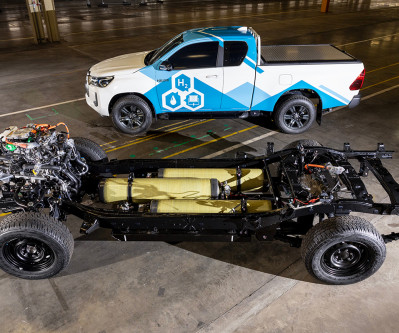

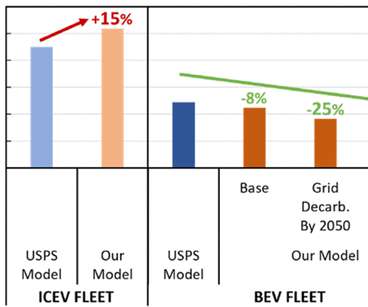














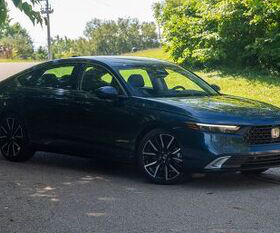


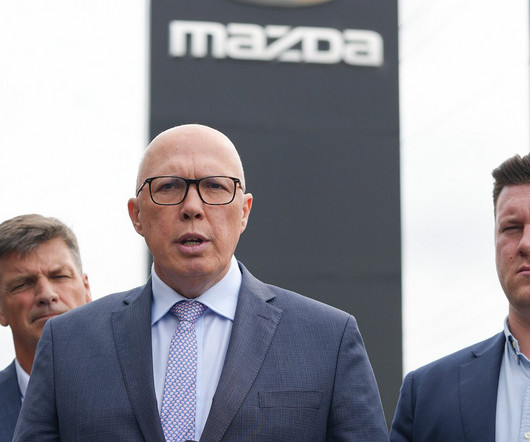
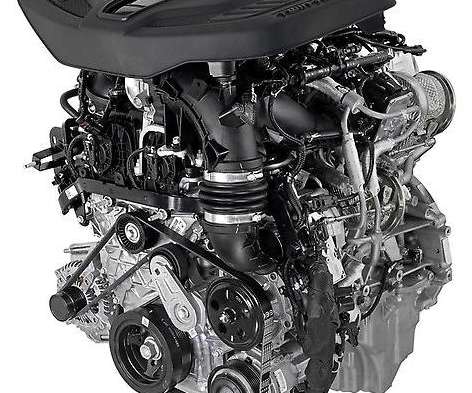

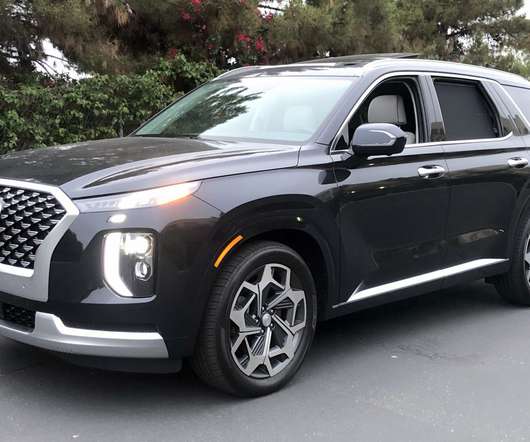

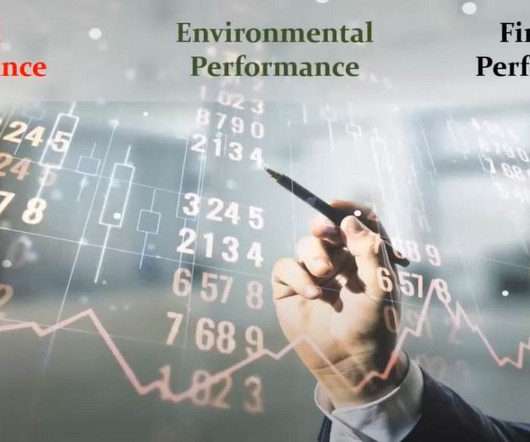

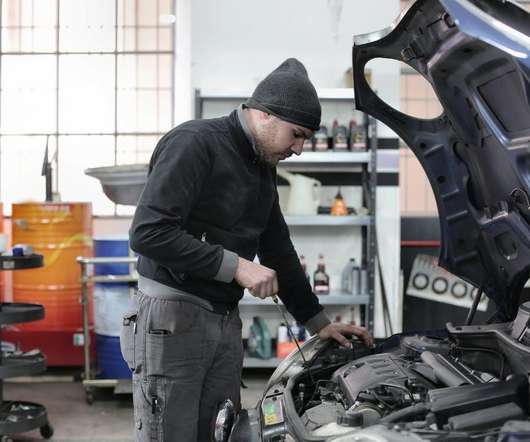









Let's personalize your content